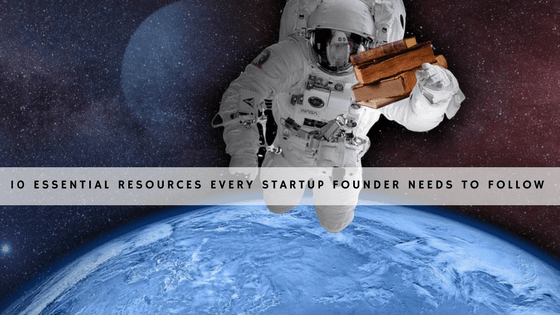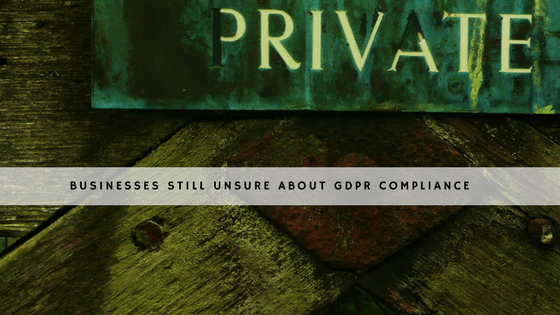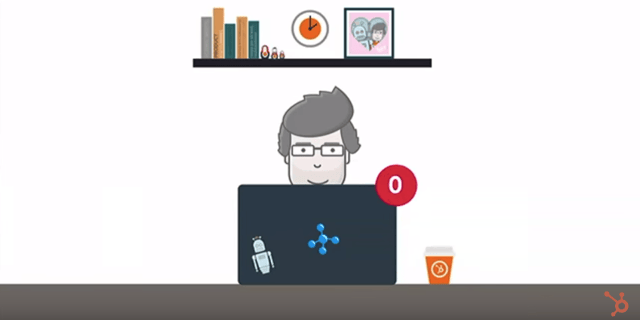John Doe
Architect & Engineer
We love that guy

While blogs will still be a huge way to give and receive value for B2B entrepreneurs in 2018, there’s no doubt that some of the best content for startups is coming in as other resources such as podcasts, videos, and in some cases, even Chrome extensions.
That being said, we’ve compiled this comprehensive blogs and beyond entrepreneurship guide for any startup founder. From marketing and recruitment to some more out-of-the-box (though vital) categories like well-being and vlogging, we’ve put together some of the top content producers in the industry who have a special soft spot for startup founders like you.
Now sit back and relax, because we just found your new favorite blogs, vlogs, Chrome extensions, and podcasts you won’t be able to get enough of.
1. Marketing – Zest.is Chrome extension
On one of my first days at Bold, I was chatting with our Account Manager Barak who HAD to show me this new Chrome extension he had gotten called Zest.is. Opening it up on his computer, I was stunned by the digital kaleidoscope of articles. “What is this?!” Zest.is, as Barak described it, is the marketing content newsfeed to end all marketing content newsfeeds. Co-founders Yam Regev and Idan Yalovich came together to created the ultimate Chrome extension that allows readers to scroll through manually, cherry-picked content on the marketing subtopics of their choice. So if you’re looking for grade-A marketing content but don’t have time to sift through multiple blogs full of positioning statements and get straight to the value, I highly recommend you adding it to your extensions.
2. Scaling up – Master of Scale podcast with Reid Hoffman
For those of you thinking about moving out of your local coworking space, tackling new markets, and adding new features to your product or service, welcome to the scale-up phase with your host, Reid Hoffman. Full of quirky sound effects and dedicated to a 50-50 gender balance for his guests, the LinkedIn co-founder has a way of interviewing some top names in the business about how they came to scale up. Get inspired as Hoffman takes you on a journey and occasionally gives you some tough love on ways to rediscover what makes your vision unique, and build your company into something epic.
3. Recruitment/ Company culture – The Employer Branding Podcast with Jörgen Sundberg
An unapologetic lover of all things HubSpot (just read my gushing review of their 2018 product announcements), I’m not surprised that I clicked when I saw an interview with HubSpot’s Inbound Recruiting Manager, Hannah Fleishman, come up on my LinkedIn newsfeed during a recent commute to work. Unfamiliar with Jörgen Sundberg’s 160+ podcast episodes, I soon became an avid listener to The Employee Branding Podcast. As a startup founder, it can be obvious to focus on product or marketing but seldom do startup CEOs really take the time to learn what it takes to attract top talent and build a unique and compelling culture that will lead to authentic employee retention. Scratching your head thinking, “Oh gosh, that’s so me”? Jörgen’s got your back asking the tough questions to his all-star guests from companies like GE, Microsoft, and Salesforce.
4. VC – Both Sides of the Table with Mark Suster on Medium
Entrepreneur turned VC, Mark Suster, just gets it. Sure he talks a lot about his ADD and quotes himself in graphics he puts on his site (see below), but this guy has seen it all and has an acute pulse on the startup and VC scene. Looking to understand what’s on the minds of VCs? You’ll have a lot to learn from his years of startup wisdom.

[Courtesy of Both Sides of the Table]
5. Well-being – Mindful at Work blog
It’s not just yoga and protein powder smoothies. As we move into 2018, we are more than ever overloaded with various stimuli at the office and multitasking various work and personal responsibilities. As a startup founder, you wear more hats than that guy from Caps for Sale. You’re juggling the motherload and if you’re not careful, there’s a huge chance of burnout that will hurt your team, product, and — oh right — your well-being. Mindful at Work offers you some serious insight on how to stay mindful while running your new business from mindful meetings, to mindful walking, to mindful leadership. Well-being may not seem like a pressing blog topic to move your startup along, but trust me when I say this stuff will transform the way you work, interact with you colleagues, and put your best foot forward.
6. Sales – Salesfolk blog
Salesfolk is more than just a sales blog. Sure, they have posts on best practices you’d expect like cold emailing, calling, positioning, and filling your funnel, but they don’t just stop there. Take a look at their Hall of Shame, where they call out household names like Adobe and KISSmetrics for bad sales campaigns, in addition to general things NOT to do in sales. But wait there’s more (see what I did there?)! Check out “Salesfolk Academy” for mastery courses, certifications, and premium membership.
7. Design – 99designs
There’s a lot of design blogs out there but few have the entrepreneurship spirit of 99designs. Known for their endless list examples of some of the best, worst, and weirdest company designs, you can easy get lost on their amazing, beautiful, and witty content. 99designs also has a whole section devoted to helping startup founders learn about the relationship between design, psychology, and marketing. With some irresistible content to go along with equally engaging graphics (see below), you just found your new happy place.

[Courtesy of 99designs]
8. Videos, vlogging, motion graphics, all that good stuff – Wistia
Using video in your marketing can increase conversion rates by up to 65%. That’s right, folks. The future is here and it’s full of videos (because we all have had that experience of having our sound on while scrolling through Facebook in public and suddenly some cat video starts blaring and everyone stares, amiright?). If you’re trying to figure out how videos work for B2B and if they’re right for your business and where to start, you can breathe now. Wistia, the ultimate thought leader in B2B video marketing, is here to teach you a thing or two about modern day video making in the business world.
9. News and Innovation – This Week In Startups with Jason Calacanis on YouTube
Want to know what’s happening in innovation and startup news? Then you gotta follow Jason Calacanis on his YouTube channel This Week in Startups. I’ve never been a news person but this guy’s got some sass, and it’s got my attention. Informative and entertaining, Jason could be a real asset to you if you’re looking to stay on top of news coming out of Silicon Valley.
10. Productivity and other things – Taking Note blog by EverNote on Medium
EverNote for many is a household name when it comes to organization and productivity. Through their blog on Medium entitled Taking Note, their team explores themes such as creativity, productivity, collaboration, and of course, writing. No matter if you’re looking to brainstorm or to finally sit down and get to work, Taking Notes’ got it all. More of a podcast type of guy or gal? That’s cool. Check their podcast here to get listening.
Conclusion
There’s so much content out there but it can sometimes be hard to find the right content that speaks to you as an entrepreneur at your stage of development and in the area you’re looking for insight. I hope this list helps lead you to your new favorite blog, vlog, podcast, or Chrome extension that gives you your weekly dose of inspiration and the comforting knowledge that every successful enterprise began as a small team with the will to change the game and learn from all those around them.































